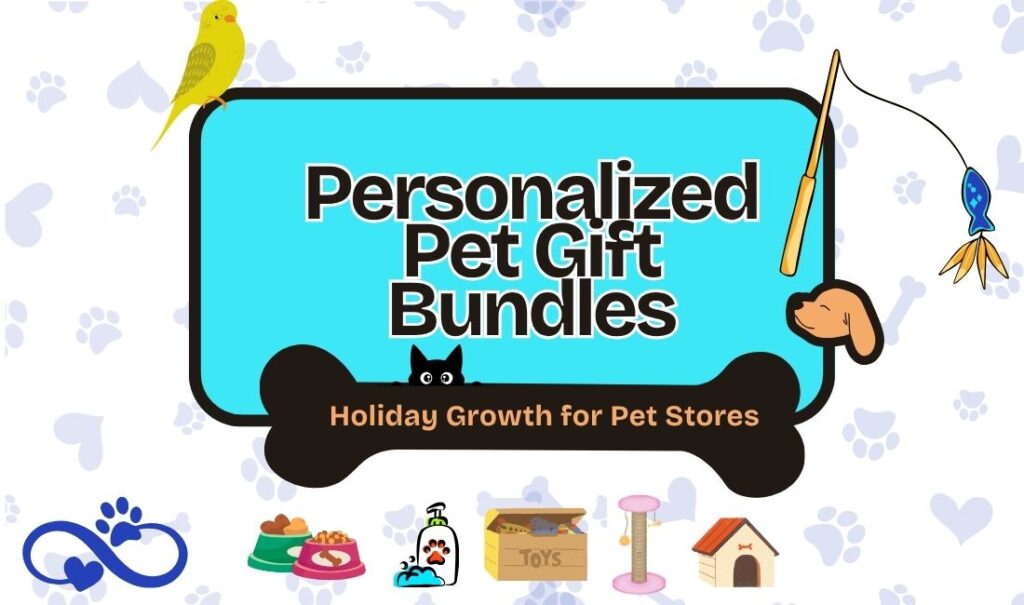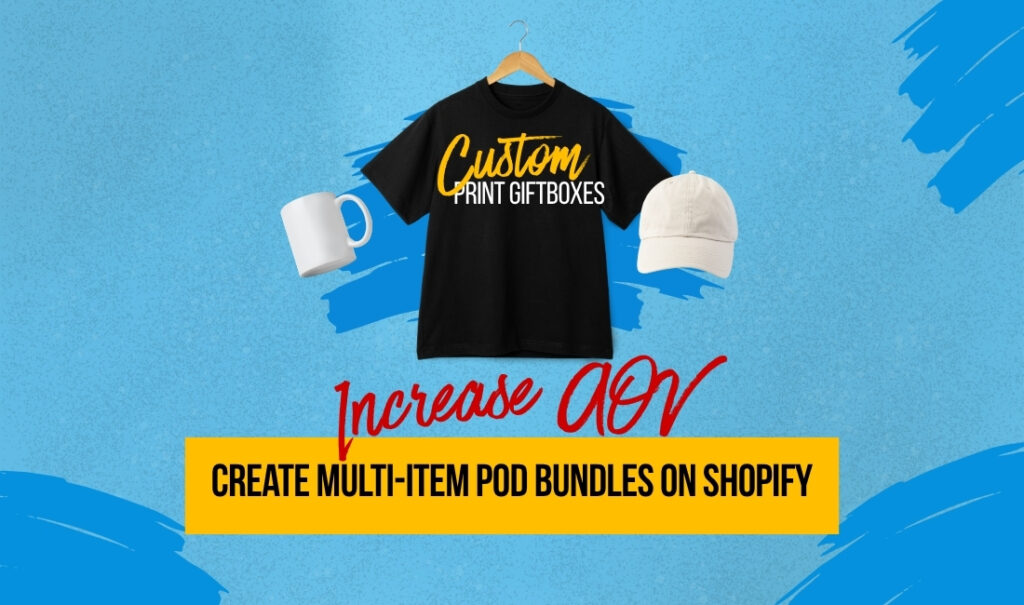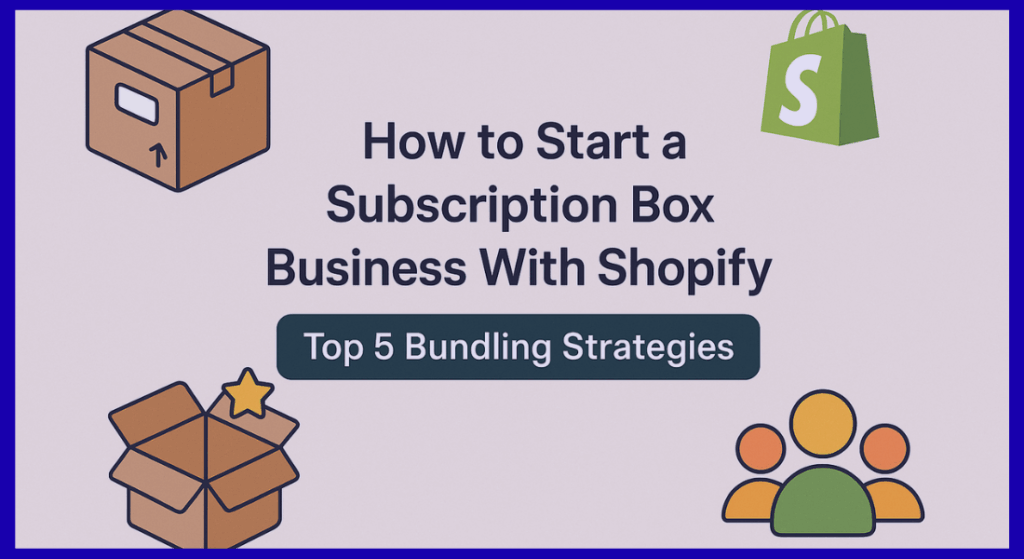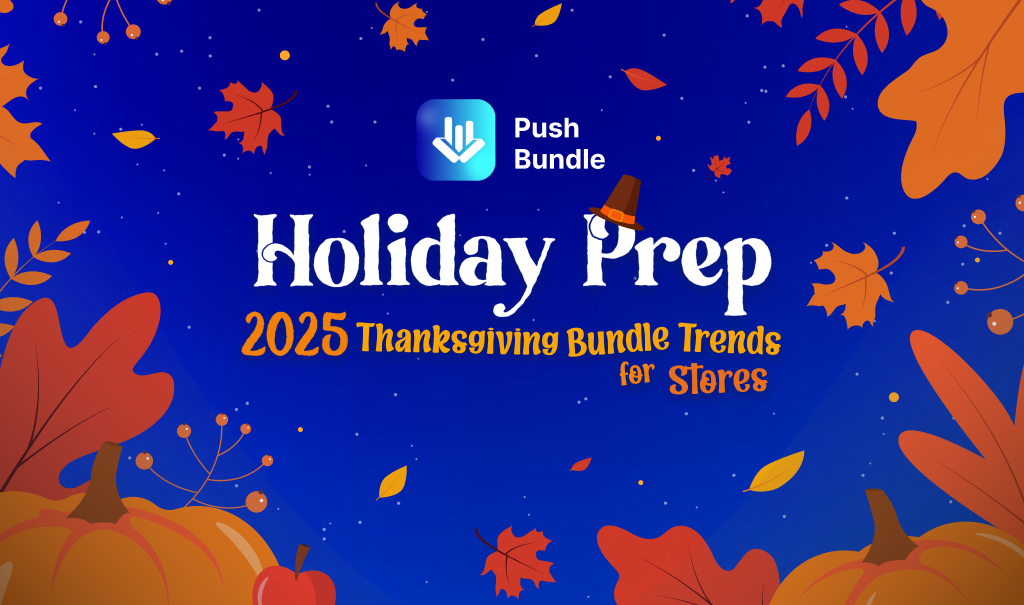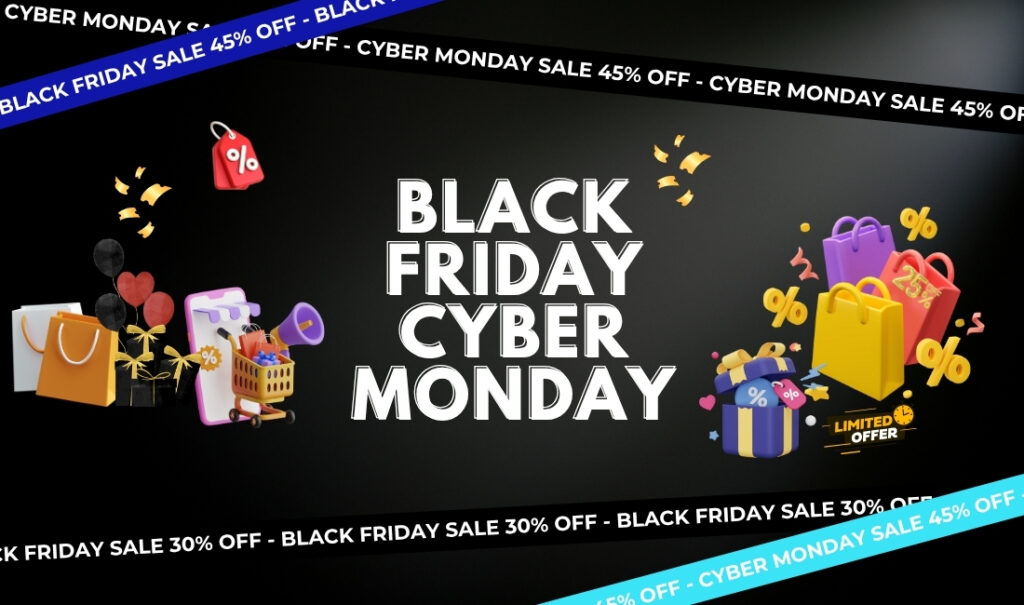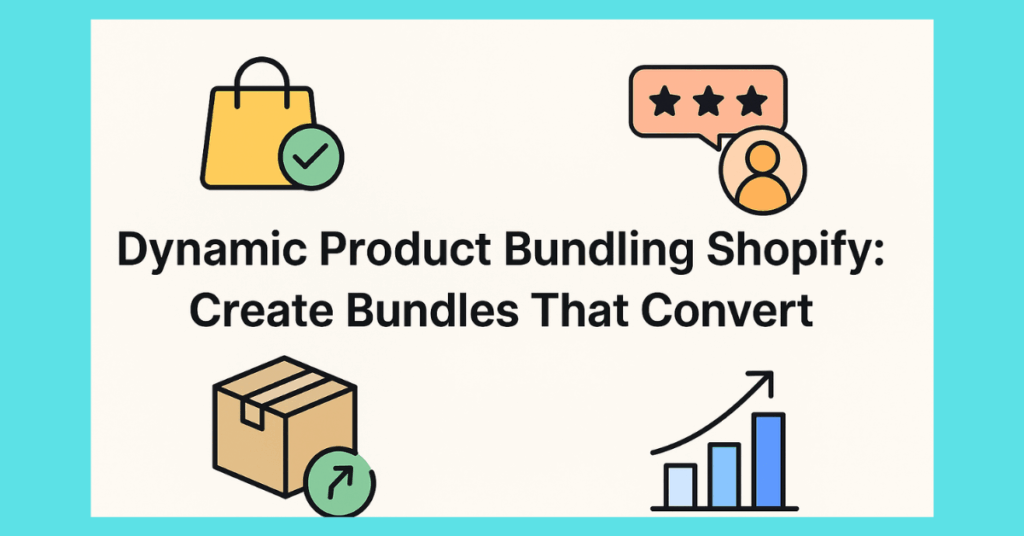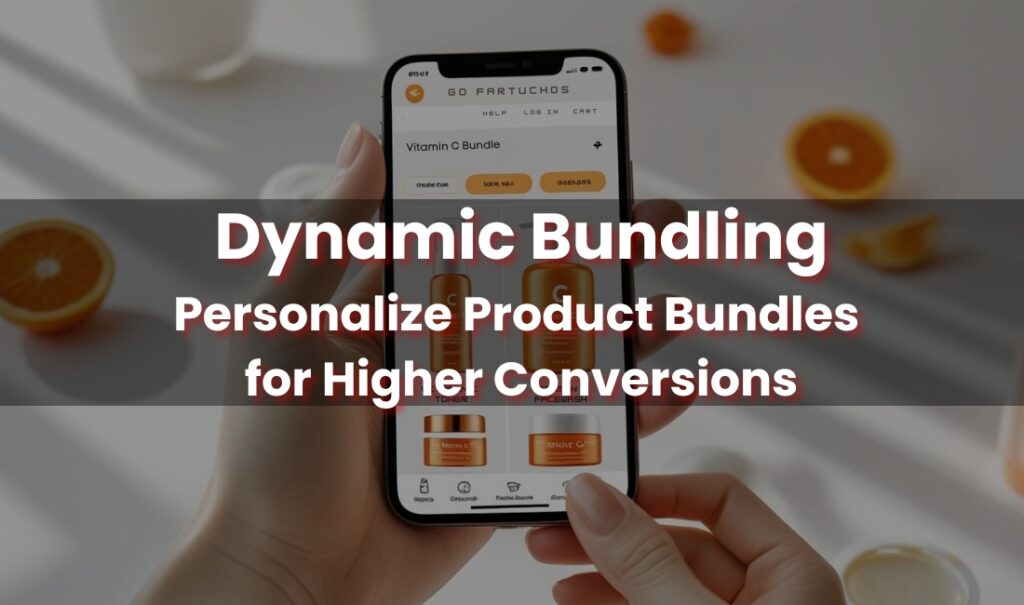
Ever tried to push a pre-made bundle, only to watch customers break it apart in their carts? Static bundles may look neat on paper, but often fall short. Maybe the products don’t match buyer needs, the discount eats into margins, or wholesale clients simply want more flexibility.
That’s where dynamic bundling comes in. It’s a hot 2025 product bundling trend.
Instead of forcing one-size-fits-all, you let data and rules shape bundles that sell. In this blog, we’ll cover everything you need to know – from why you should offer these types of bundling, how to do it, to how to track ROI and optimize for search and AI assistants.
Table of Contents
What is Dynamic Bundling and How is it Different From Static Bundles?
Dynamic bundling may seem complex, but it makes ordering flexible for your buyers. Usually, you create one fixed bundle and hope customers like it. Instead of that, you allow them to build (or the system suggests) bundles that fit their needs in real time. Think of it as a “build-your-own bundle” rather than a pre-packed meal deal.
Static bundles are inflexible. You decide which products go together, set the price, and every customer sees the same offer. This approach can work for starter kits or gift sets. However, it often leaves money on the table.
Dynamic bundling flips the script. It uses rules or data to create bundles on the fly. For example:
- Pairing a printer with the right ink based on what’s in stock
- Suggesting complementary items that customers often buy together
- Letting wholesale buyers meet minimums with mix-and-match packs
The difference? Static bundles are one-size-fits-all. Dynamic bundles adapt, boosting sales while giving shoppers more choice.
Benefits of Dynamic Product Bundling on Shopify
Dynamic product bundling in Shopify isn’t just about making products look good together. It’s about helping buyers shop smarter while you earn more.
Instead of pushing the same preset bundle to everyone, you create options that adjust to your catalog, customer type, and sales goals. That’s a big win for both sides.
Here’s why it’s worth adding dynamic bundles to your store:
- Higher average order value (AOV) – Customers naturally spend more when they see personalized bundles or volume-based discounts.
- Faster decision-making – Shoppers don’t have to hunt for add-ons. Bundles nudge them toward logical choices.
- Smarter inventory use – Pair slow movers with top sellers to clear stock without steep markdowns.
- Flexibility for B2B buyers – Mix-and-match packs help wholesale customers hit minimums without extra back-and-forth.
- Better customer experience – People feel in control when they can build or adjust a bundle instead of being locked into one option.
- Stronger margins – Bundles let you move more units without resorting to heavy discounting.
Dynamic bundling makes selling less about pushing and more about guiding. If you’re serious about growth, it’s one of the simplest upgrades you can make.
When to Use Dynamic Product Bundling on Shopify (and When to Avoid It)
Should You Use Dynamic Bundling?
Use dynamic bundling when it simplifies buying and boosts sales. Skip it if your catalog is too small or bundles feel forced.
Dynamic product bundling may not be for your store, and that’s okay. The key is knowing when it will help you grow instead of creating more work. On Shopify, it works best when your catalog and buyer behavior align with the capabilities of bundling.
Here’s a quick fit checklist to guide your decision:
- Catalog size – Bundles shine if you sell more than a handful of products. With only a few SKUs, static bundles may be simpler.
- Variants and options – If you have multiple sizes, colors, or pack types, dynamic bundling helps customers find the right mix.
- Attach rates – Products that naturally go together (like a camera and memory card) are bundle-ready.
- Returns – If returns are frequent, keep bundles flexible so items can be swapped.
For B2B merchants, bundling gets even more helpful:
- Price lists tailored for wholesale buyers
- Minimum order quantities (MOQ) made easier with mix-and-match packs
- Incremental quantities so bulk buyers can build efficient orders
- Pack sizes that balance convenience with margin control
Choose Your Approach: Rules, AI, or Hybrid — Which Works Best on Shopify?
Suppose you’re setting up dynamic product bundling on Shopify. Now:
How much control do you want?
How much do you want the system to handle for you?
There are three main approaches: rule-based, AI-driven, and hybrid. Each works best in different situations.
Rule-based bundles are simple because you just have to set the conditions. Shopify or your app follows them every time. This works well when:
- You want products from the same vendor or collection bundled together
- You need to control price ranges or minimum spend
- You only wish to see bundles shown when items are in stock
AI product bundling depends on data. The system looks at past behavior and suggests pairings. Perfect for:
- “Frequently bought together” logic, like batteries with electronics
- Complementary sets that aren’t obvious at first glance
- Stores with extensive catalogs where manual rules are hard to manage
Hybrid models give you the best of both worlds. You set the rules, then let AI fill in the gaps. For example, you fix a price, but still let the system suggest the actual products. This is also where merchandising input matters. Override the AI when you need to push seasonal stock or protect margins.
Now, what approach should you take? It depends on your goals. If you need control, start with rules. If your catalog is big and behavior-driven, lean on AI. Most merchants end up somewhere in the middle.
Step-by-step: How To Set up Dynamic Bundling on Shopify Today
Dynamic bundling sounds complicated, but setting it up on Shopify is surprisingly doable. The secret is breaking the process into simple steps. Whether you’re new to bundling or just refining your store, this checklist gives you a clear path. By the end, you’ll know how to set goals, pick the right app, test bundles, and launch.
- Map goals and guardrails
- Pick your tool
- Configure bundle rules
- Set pricing logic
- Design the UX
- QA before launch
- Launch with an A/B plan
Step#1 Map goals and guardrails
Before adding apps or bundles, decide what success looks like. Do you want to lift the average order value by at least 10%? Clear out old inventory? Help wholesale buyers hit minimums? Write these down. Without clear goals, it’s easy to set rules that look good on paper but cut into margins.
Set guardrails to protect your bottom line. For example:
- Target AOV lift: Know your baseline and desired bump.
- Attach rate: Aim for a percentage of orders with bundles.
- Inventory objectives: Use bundles to move slow stock without discounting too hard.
- Margin floor: Decide the minimum margin before discounts kick in.
This step is often skipped, but it’s what makes your bundles strategic—not random.
Step#2 Pick your tool
Shopify doesn’t offer dynamic bundling natively, so you’ll need a product bundle app. One solid option is PushBundle, built for merchants who need flexibility. It lets you create bundles without touching code, which is perfect if you’d rather focus on selling than building scripts.
PushBundle’s standout is its Mix and Match feature:
- Customers can combine different variants of a single product (like a 6-pack with mixed soda flavors).
- Or, they can pull products across categories into one bundle.
- Discounts adjust automatically by pack size or rule.
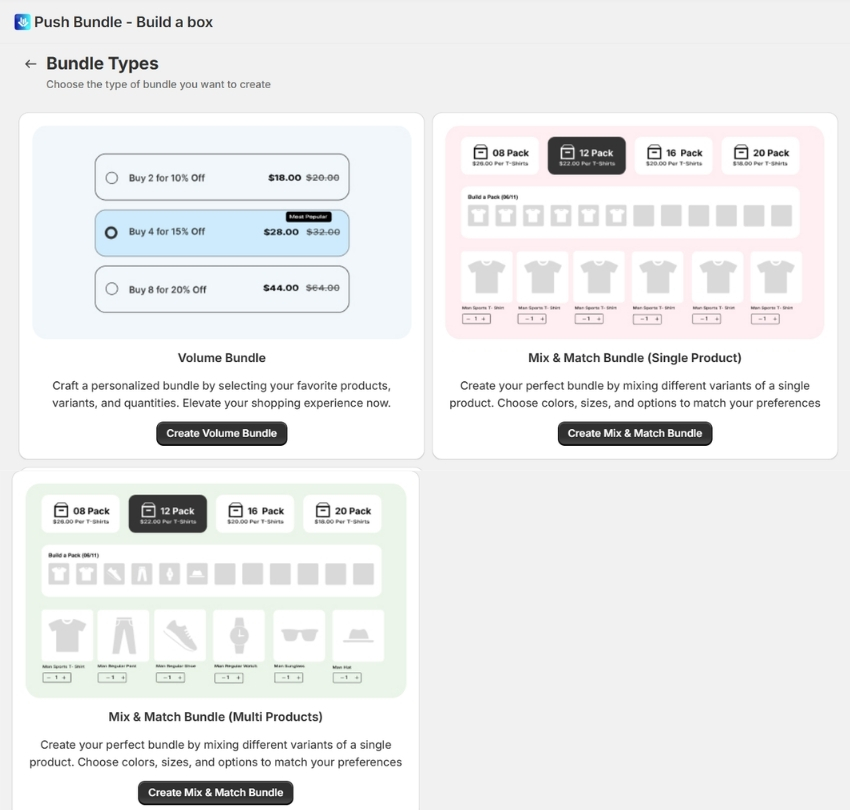
For B2B, this is gold. Buyers can meet volume minimums while still choosing what fits their needs.
Step#3 Configure bundle rules
Rules decide when bundles show and what products can be grouped. Start simple. Maybe allow only in-stock items or limit bundles to a collection like “office supplies.”
Common rules include:
- Eligible products: Pick collections, tags, or vendors.
- Variant constraints: Restrict by size, color, or pack count.
- In-stock filter: Hide unavailable items to avoid customer frustration.
- Price ranges: Keep bundles within budget brackets.
- Ratings: Exclude low-rated products to protect trust.
Rules give structure. They keep your bundles smart instead of chaotic, ensuring you meet both customer expectations and business needs.
Step#4 Set pricing logic
Pricing makes or breaks bundles. The goal is to encourage bigger baskets without eroding margins. Shopify apps like PushBundle allow flexible pricing setups:
- Percent discounts (e.g., 10% off when you buy 3+)
- Fixed discounts (e.g., $5 off a set)
- Tiered by quantity (e.g., 5 for 10% off, 10 for 20% off)
- Respect B2B price lists: Ensure wholesale customers see discounts on top of their negotiated rates.
Don’t default to deep discounts. Sometimes, just showing the convenience of a bundle is enough. Always cross-check against your margin floor set in Step 1.
Step#5 Design the UX
Bundles only work if customers notice them and feel they’re easy to buy. That’s where design comes in.
Keep it simple:
- Show clear value — “Buy 5, save 10%” should be visible at a glance.
- One-click add-to-cart — Nobody wants to jump through hoops.
- Mobile priority — Most shoppers browse on phones, so test responsiveness.
- Accessibility — Buttons and text should be readable for all users.
If bundles feel hidden or confusing, shoppers will ignore them. A clean, intuitive UX drives both trust and sales.
Step#6 QA before launch
This is the unglamorous part, but it saves you headaches. Before you launch, test every bundle flow.
Check for:
- Theme conflicts: Does your bundle display correctly across devices?
- Translations: If you sell internationally, are labels localized?
- Shipping + tax: Make sure bundles calculate correctly at checkout.
- POS behavior: If you sell in-store, confirm bundle sync.
- Returns: Decide if customers can return partial bundles.
- Analytics events: Verify bundle add-to-cart shows up in reports.
A few hours of testing now avoids embarrassing customer support emails later.
Step#7 Launch with an A/B plan
Don’t just switch bundles on and hope. Test where and how you show them.
Good tests include:
- Placement: PDP vs cart drawer vs checkout page
- Copy: “Bundle and save” vs “Build your pack”
- Discount depth: 10% vs 15%
Keep changes small so you can isolate results. Run each test for at least two weeks to account for traffic swings. Track AOV, attach rate, and conversion changes. Over time, you’ll find the sweet spot between visibility, value, and profit.
Pricing Bundles Without Killing Margins
Discounts are a powerful sales driver. However, they can eat away at your margins if you’re not careful. You need to be intentional with your bundle pricing. This way, your customers will feel like they’re getting a good deal while you still protect profitability.
Start with discount bands. Tiered discounts (5%, 10%, 15%) based on order size or units let customers buy more without you giving away too much at lower volumes. Always keep a margin floor, the minimum profit you’re willing to accept. Without that, bundles can quickly become loss leaders.
For brands with MAP (Minimum Advertised Price) compliance, stick within those rules to avoid conflicts with distributors or resellers. Sometimes, it’s smarter to skip discounts altogether and sell on value: better quality, faster shipping, or exclusive product access.
Bundles are also great for clearing slow stock. Pair a sluggish product with a bestseller, so the bundle feels like a win-win. For example: “Buy 3 of our top-rated moisturizers, get 1 toner free.” The bestseller drives interest, and the slow-mover finally leaves the shelf.
In short, discounts are a tool, not a default. Set rules, know your limits, and bundle strategically.
B2B And Wholesale: Dynamic Bundling For Shopify Plus Merchants
For B2B, bundling is about control. Shopify Plus gives merchants the flexibility to set rules that match wholesale buying patterns.
Start with customer-specific catalogs and price lists. A wholesale buyer in Europe may see different bundles, pricing, and pack sizes than one in the U.S. You can also enforce minimum increments per variant, like cases of 12 instead of single units.
On the checkout side, Shopify Plus supports purchase orders and draft orders. This makes it easy to create bundles that follow internal workflows. You can even set cart and checkout rules that apply discounts only when buyers meet order thresholds or specific bundle requirements.
Dynamic bundling also helps with multi-location inventory. Let’s say one warehouse is low on stock but another has surplus. Smart bundling rules can route orders to the right location and factor in lead times, so your promises stay accurate.
When used right, bundles in B2B act as operational tools. They help you standardize order sizes, respect margin floors, and make wholesale buying smoother. For Shopify Plus merchants, it’s about building efficiency, not just boosting sales.
Analytics: How to Track ROI in Shopify and GA4
If you’re running bundles, you need proof they’re paying off. The good news is that both Shopify Analytics and GA4 can give you the numbers, as long as you know what to track.
Start with your key metrics:
- AOV (Average Order Value): Check under Reports > Sales over time in Shopify. Compare bundle buyers vs regular orders.
- Attach rate: Track how often a bundle gets added alongside another product. Create a custom report filtering “bundle” SKUs.
- CTR on bundle block: Use Shopify theme analytics or apps that tag clicks.
- Conversion rate and refunds: Find in Analytics > Dashboard and filter by product or discount tag.
For GA4, name events clearly—like add_to_bundle and purchase_bundle. So you can measure bundle-specific flows. Then compare bundle vs non-bundle orders in Explore > Funnel.
Finally, build a simple revenue model: take bundle AOV minus discounts, multiply by conversion lift. Even a rough model will show if bundles are adding revenue or just giving away margin.
Voice-search and AEO Checklist For Dynamic Bundling Pages
If you want bundles to surface in search or voice assistants, your page needs to be crystal clear, both for humans and bots.
Here’s a quick checklist:
- FAQ block: Add short, conversational answers. Think: “Can I mix sizes in this bundle?” → “Yes, you can pick any size.”
- Schema markup: Use Product schema for items, FAQPage for your block, and include price info so assistants can read it out.
- Internal linking: Point from your best-selling SKUs to bundle landing pages. Customers (and Google) follow those paths.
- Readability: Use short sentences and natural phrasing. Avoid stuffing features. If it doesn’t sound right when read aloud, rewrite it.
The goal isn’t stuffing keywords. It’s making sure both a shopper on Alexa and an AI Overview in Google can “get” your bundle instantly. Do that, and you’ll earn visibility where others fade.
Common Mistakes To Avoid
Bundles work when they feel natural. People will avoid them if they feel forced. Avoid these common traps:
- Irrelevant pairings: If you’re guessing, not using sales data, you’ll end up with toothpaste + candles type combos.
- Overstuffing: Too many products in one bundle makes it feel like a clearance bin.
- No mobile QA: Shoppers on phones won’t bother if the bundle widget breaks the layout. Always test on a small screen.
- Discount overuse: If every bundle is 30% off, you’ve trained customers to never buy full price. Use discounts strategically.
- No inventory filter: Don’t sell what you can’t ship. Tie bundles to stock levels across all locations.
Dynamic bundling should make shopping easier, not harder. Keep bundles relevant, mobile test, and protect your margins. A little discipline here saves you from returns, refunds, and frustrated customers later.
Conclusion
At the end of the day, bundling is all about giving customers smarter choices while keeping your margins safe. With the right pricing rules, data-driven pairings, and clear analytics, dynamic bundles can become one of the most reliable growth levers in your store. Start small, test, and adjust based on what the numbers (and your buyers) tell you. Avoid the common traps, stay consistent with your strategy, and you’ll see bundles working as both a sales driver and a customer loyalty tool.


